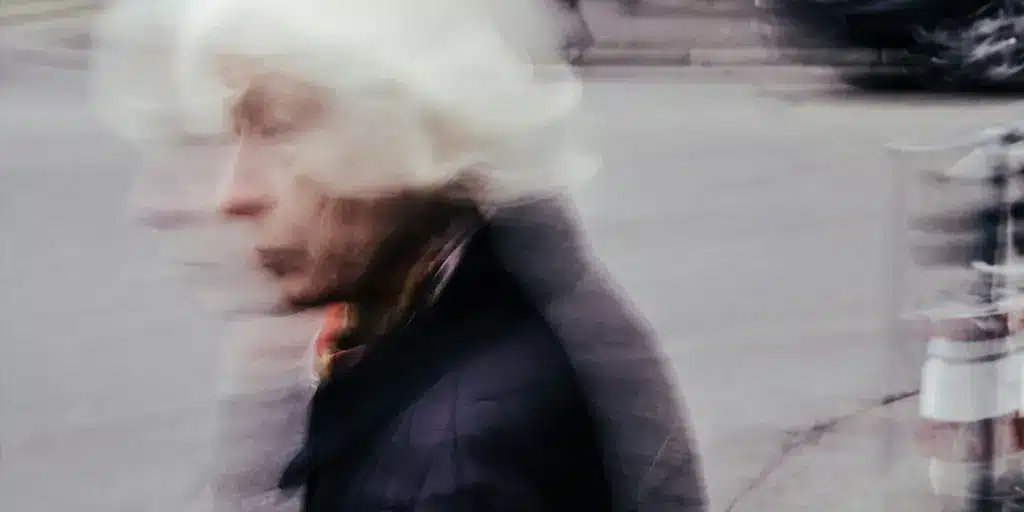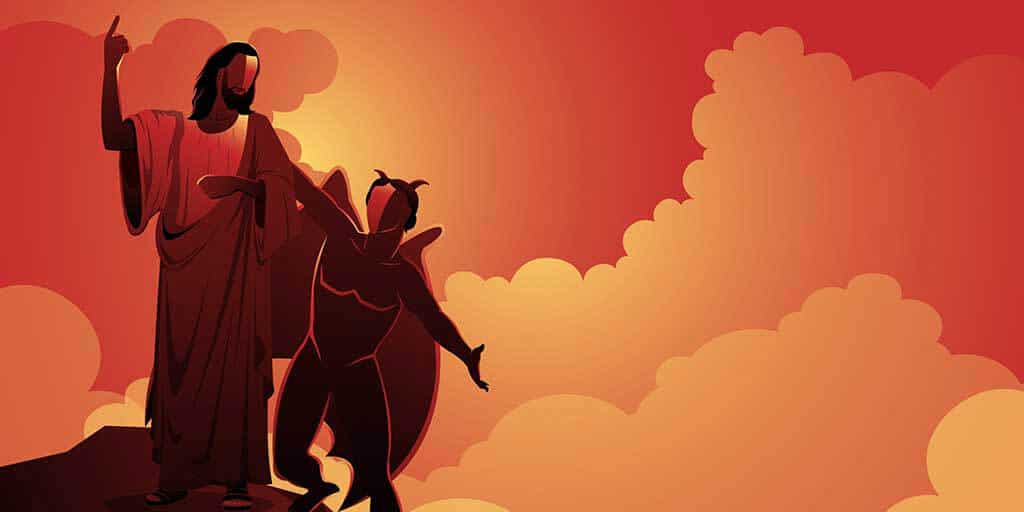Can Those Involved in the Occult Become Demonized?

What is demonization? Dr. C. Fred Dickason, who has authored several books on demonology, provides the following discussion of the word’s origin and meaning:
“The [Greek] verb daimonizomai means ‘to be possessed by a demon.’ The participle from the same root, daimonizomenos, is used twelve times in the Greek New Testament. It is used only in the present tense, indicating the continued state of the one inhabited by a demon, or demonized… Putting it all together, the participle in its root form means ‘a demon caused passivity.’.. Demonization pictures a demon controlling a somewhat passive human.”[1]
In essence, a demonized person is one who is under the direct influence or control of one or more demons. Symptoms of demonization are not present at all times and demons may, apparently, come and go at will. Nevertheless, it appears they usually prefer to stay within their host, even though the person may have no conscious awareness of this fact.
Unfortunately, demonization, or inhabitation by demons who control a person to their ends, is an increasingly frequent occurrence in American society, and this is the direct fruit of our modern revival of occultism. Most people do not recognize how extensively demonization occurs in America. Former Satanist and witch Doreen Irvine confesses, “Demon possession is real, very real, and is increasing at an alarming rate in this present day and age.”[2] The modern revival of channeling illustrates that literally tens of thousands of Americans are willing to open their minds and bodies to spirits, allowing the spirits to enter and possess them.[3] Noted psychiatrist M. Scott Peck correctly observes that it is usually the occultist who becomes possessed: “It seems clear from the literature on possession that the majority of cases have had involvement with the occult—a frequency far greater than might be expected in the general population.”[4]
Still, many people today scoff at the idea of demon-possession. But this phenomenon is as old as man himself. Indeed, the documentation for its reality is impressive.
No less an authority than Dr. Montgomery asserts, “The problem involved in determining whether demon possession occurs and whether witchcraft works is absurdly simple. The documentation is overwhelming.”[5] In a major text on altered states of consciousness, Religion, Altered States of Consciousness and Social Change, editor Dr. Erika Bourguignon observes that of 488 societies surveyed, fully 74 percent believed in possession by spirits:
“It will be noted that such beliefs occur in 74% of our sample societies, with a maximum of 88% in the Insular Pacific and a minimum of 52% in North America. The beliefs are thus characteristic of the great majority of our societies [on earth].…”[6]
In The Devil’s Bride: Exorcism Past and Present, psychic researcher Martin Ebon confesses, “The uniform character of possession, through various cultures and at various times, is striking.”[7]
We must ask ourselves how such a predominant belief originated, if not from the fact of spirit possession itself? And does not its uniformity suggest in Ebon’s own words the possibility of a “universal presence of devils, demons or possessing spirits”?[8] John S. Mbiti observes in his African Religions and Philosophy, “Spirit possession occurs in one form or another in practically every African society.”[9] The same holds true around the world.
Unfortunately, the fate of those demonized, whether voluntarily or involuntarily, is horrible to contemplate. These horrors are meticulously detailed in the history of the occult and parapsychology, in anthropological studies (shamanism), throughout mediumism and spiritism, and in numerous works on demon-possession.[10] Although many moderns scoff at the very idea of demon-possession, many occultists actually seek it for its “empowering” characteristics. Consider the following description of the occultist’s possession by a possessing spirit during the Kabbalistic Master Ritual:
“At last—and he will certainly know when—the god-form will take control of him. To begin with, the adept will feel an exquisite giddiness somewhere at the base of his skull and quickly convulsing the whole of his body. As this happens, and while the power is surging into him, he forces himself to visualize the thing he wants his magic to accomplish, and wills its success. He must put all he has into this and, like our friends the Bacchantes, must whip himself into a veritable frenzy. It is at this point that the force evoked will be expelled to realize the ritual intention.
“As he feels the force overflowing inside him the adept, while still visualizing the realized magical intention, bids it go forth to fulfill his wishes…
“For some magicians the dislocation of reason [a temporarily cultivated madness] coincides with the moment of sacrifice. Others perform this sacrifice before proceeding to the climax of the rite, arguing that the vital energy discharged by the victim’s blood assists the possessing entity to appear inside the [magic] circle. Traditionally, the victim’s throat is cut…. More common… is the use of sex….The outburst of power is effected at the same time as orgasm is reached, with possession occurring a few seconds before.”[11]
Extracted from John Ankerberg, John Weldon, Facts on the Occult.
- C. Fred Dickason, Demon Possession and the Christian: A New Perspective (Chicago, IL: Moody Press, 1987), p. 37. ↑
- Doreen Irvine, Freed from Witchcraft (Nashville, TN: Thomas Nelson, 1973), p. 138. ↑
- John Ankerberg and John Weldon, The Facts on Spirit Guides (Eugene, OR: Harvest House, 1988), passim. ↑
- M. Scott Peck, People of the Lie: The Hope for Healing Human Evil (New York: Simon and Schuster, 1983), p. 190. ↑
- John Warwick Montgomery, Principalities and Powers: The World of the Occult (Minneapolis, MN: Bethany, 1973), p. 146. ↑
- Erika Bourguignon, ed., Religion, Altered States of Consciousness and Social Change (Columbus, OH: Ohio State University Press, 1973), pp. 16-17, Table 2 ↑
- Martin Ebon, The Devil’s Bride: Exorcism Past and Present (New York: Harper and Row, 1974), p. 11. ↑
- Ibid., p. 12. ↑
- John S. Mbiti, African Religions and Philosophy (New York: Anchor/Doubleday 1970), p. 106. ↑
- e.g., Martin, Hostage to the Devil, passim; John Warwick Montgomery, ed., Demon Possession (Minneapolis, MN: Bethany, 1976); John L. Nevius, Demon Possession (Grand Rapids: MI, Kregel, 1970); T. K. Oesterreich, Possession: Demonical and Other Among Primitive Races in Antiquity, The Middle Ages and Modern Times (Secaucus, NJ: Citadel, 1974); Articles on mediumism and related subjects in Shephard, ed., Encyclopedia of Occultism and Parapsychology; I. M. Lewis, Ecstatic Religion: An Anthropological Study of Spirit Possession and Shamanism (Baltimore, MD: Penguin Books, 1975). ↑
- Conway, Magic: An Occult Primer, pp. 130-132. ↑







